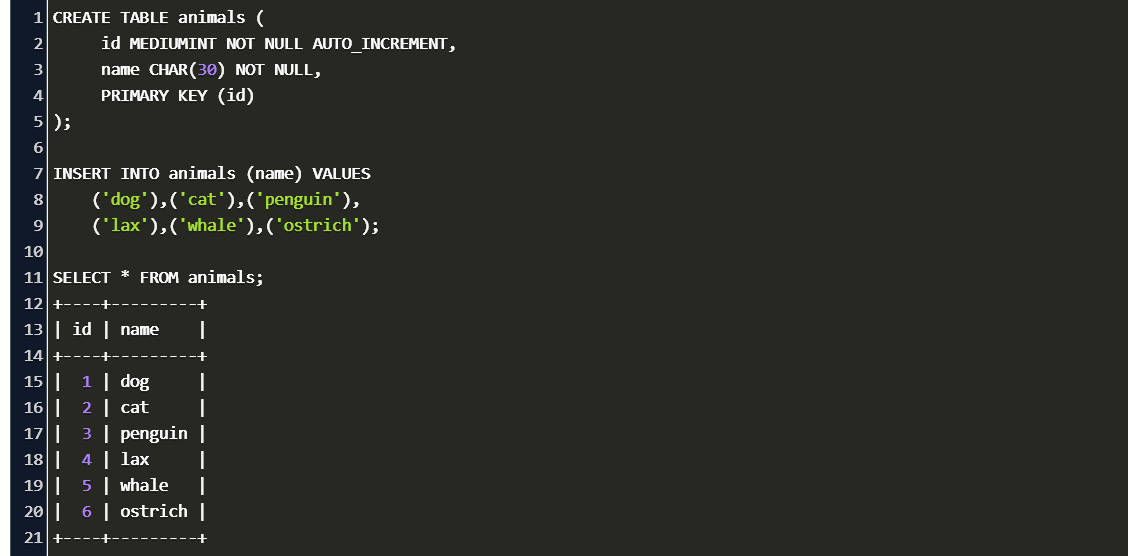
This is the format that will be used to convert string1 to a date. When you want, you can place one or more separators between the day and month or between the year and month. The syntax for the TODATE function in Oracle/PLSQL is: TODATE( string1, formatmask, nlslanguage ) Parameters or Arguments string1 The string that will be converted to a date. Although date and time information can be represented in both character and number datatypes, the DATE.

As separators, you can use a space, dash ( -), slash ( /), colon ( :), or comma ( ,). The DATE datatype stores date and time information. When the day and year components are adjacent, they must have at least one separator between them.

For years in the range 1950 to 2049, the year component can, alternatively, have two digits (50 represents 1950, and so on). The day component can have one digit or two digits.įor any year, the year component can have four digits (for example, 1997). The case of the letters in the month component (uppercase or lowercase) does not need to match the case in MONTHNAMES. You can abbreviate the month name to one letter or more, when you supply enough letters to uniquely match the beginning of a name in MONTHNAMES. The month component must match one of the names listed in the MONTHNAMES option. Stores logical values that you can use in logical operations.Specify the day and year as INTEGER values and the month as text, using these rules: Each record in the database has a physical address or rowid. Where BBBBB is a block in a database file įixed-length binary data.

The Rowid data types in Oracle/PLSQL are listed below: Data Types Stores up to 4 GB of character text data.Īpplication: Oracle 9i, Oracle 10g, Oracle 11g, Oracle 12c Rowid data type Stores single-byte and multi-byte character data. Stores unstructured binary large objects. The LOB data types in Oracle/PLSQL are listed below: Data Typesįile locators, points to the binary file in the server file system (outside the database). The date may take values from 1 January 4712 BC to 31 December 9999 AD.Īpplication: Oracle 9i, Oracle 10g, Oracle 11g, Oracle 12c Large objects (LOB) data types PLS_INTEGER value requires less memory and faster NUMBER values.Īpplication: Oracle 9i, Oracle 10g, Oracle 11g, Oracle 12c Date/time data typesīelow are the date/time data types in Oracle/PLSQL: Data Types Integer numbers ranging from -2,147,483,648 to The scale can be in the range of -84 to 127.įor example, number (14.5) is a number that has 9 decimal places and 5 decimal places.įor example, numeric(14,5) is a number that has 9 decimal places and 5 decimal places.įor example, dec (5,2) is a number that has 3 digits before the decimal point and 2 digits after.įor example, decimal (5,2) is a number that has 3 digits before the decimal point and 2 digits after. The accuracy can be in the range of 1 to 38. Where Size – number of saved characters of variable length.Īpplication: Oracle 9i, Oracle 10g, Oracle 11g, Oracle 12c Numerical data typesīelow are the numeric data types in Oracle/PLSQL: Data Types

Where Size – number of saved characters in Unicode encoding of variable length. If the stored value is shorter, it is supplemented with spaces if it is longer, an error is generated. Where Size – the number of characters of fixed length in Unicode encoding. Where the size is the number of characters of a fixed length.


 0 kommentar(er)
0 kommentar(er)
